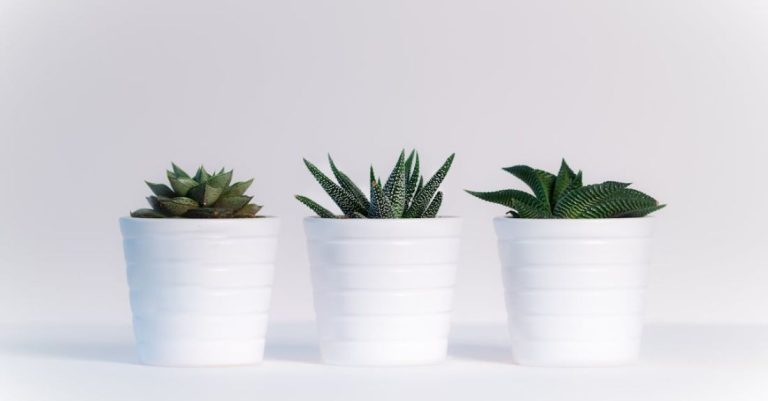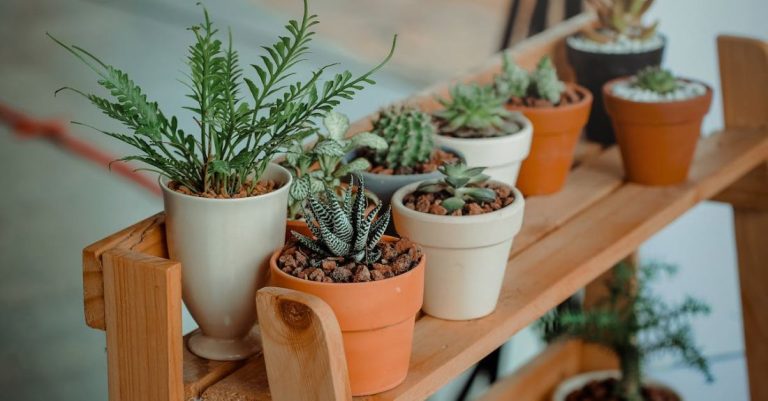
Adding edible plants to your landscape can not only enhance the visual appeal of your outdoor space but also provide you with fresh and delicious produce right from your own yard. Imagine stepping outside to pluck a ripe tomato or crisp herbs for your culinary creations. With a little planning and creativity, you can easily incorporate edible plants into your landscape design. Let’s explore some practical ways to seamlessly blend edible plants into your outdoor oasis.
Selecting the Right Plants
When it comes to incorporating edible plants into your landscape, it’s essential to choose varieties that thrive in your local climate and soil conditions. Consider factors such as sunlight exposure, water requirements, and space availability before selecting your plants. Opt for a mix of fruits, vegetables, and herbs that not only complement each other but also add a diverse range of flavors and textures to your meals.
Creating Functional Design Elements
One innovative way to integrate edible plants into your landscape is by incorporating them into functional design elements. For example, you can plant herbs or vegetables in raised beds or vertical gardens that serve as both a visual focal point and a practical source of fresh produce. Additionally, you can use edible plants to define borders, create privacy screens, or even design unique pathways that lead to hidden vegetable patches.
Blending Edibles with Ornamentals
Gone are the days when vegetable gardens were relegated to hidden corners of the yard. Today, blending edible plants with ornamental ones is a popular trend in landscape design. Mix edible plants with colorful flowers, shrubs, and trees to create a harmonious and visually appealing garden that is as beautiful as it is functional. Consider planting strawberries as ground cover, incorporating chard into your flower beds, or training fruit-bearing vines to climb trellises for a stunning vertical display.
Utilizing Containers and Pots
Don’t have a lot of space for a traditional garden? No problem! Utilizing containers and pots is a great way to incorporate edible plants into your landscape, regardless of the size of your outdoor area. Plant herbs, salad greens, or even dwarf fruit trees in decorative pots and place them strategically around your patio or balcony. Not only does this add a touch of greenery to your space, but it also allows you to easily move your plants to optimize sunlight exposure or protect them from harsh weather conditions.
Embracing Edible Landscaping
Edible landscaping is a concept that combines the best of both worlds – the beauty of ornamental plants and the functionality of edible ones. By strategically planting a mix of fruits, vegetables, and herbs throughout your landscape, you can create a cohesive and sustainable outdoor environment that not only looks good but also serves a practical purpose. Consider integrating edible plants into existing flower beds, using them as borders or hedges, or incorporating them into your existing landscape design for a seamless and integrated look.
Sustainable Practices and Maintenance
Incorporating edible plants into your landscape is not just about aesthetics; it’s also about adopting sustainable practices and proper maintenance. Ensure that you use organic fertilizers and pest control methods to keep your plants healthy and free from harmful chemicals. Regular watering, mulching, and pruning are essential tasks to ensure a bountiful harvest and thriving garden. By practicing eco-friendly gardening techniques, you not only benefit the environment but also enjoy the freshest and most flavorful produce from your own backyard.
Incorporating edible plants into your landscape is a rewarding and enjoyable way to connect with nature, promote sustainability, and savor the flavors of homegrown produce. Whether you have a sprawling backyard or a cozy balcony, there are countless creative ways to blend edible plants seamlessly into your outdoor space. By selecting the right plants, creating functional design elements, blending edibles with ornamentals, utilizing containers, embracing edible landscaping, and practicing sustainable maintenance, you can transform your landscape into a vibrant and productive oasis that delights all your senses. So, roll up your sleeves, grab your gardening tools, and start planning your edible landscape today!





